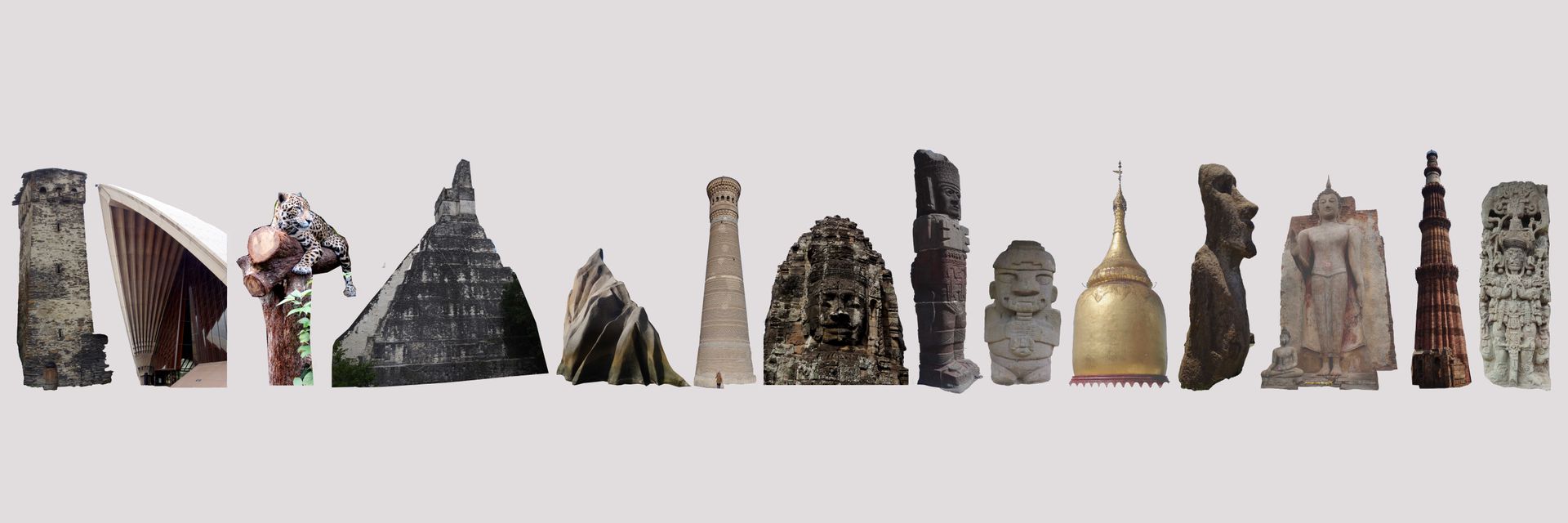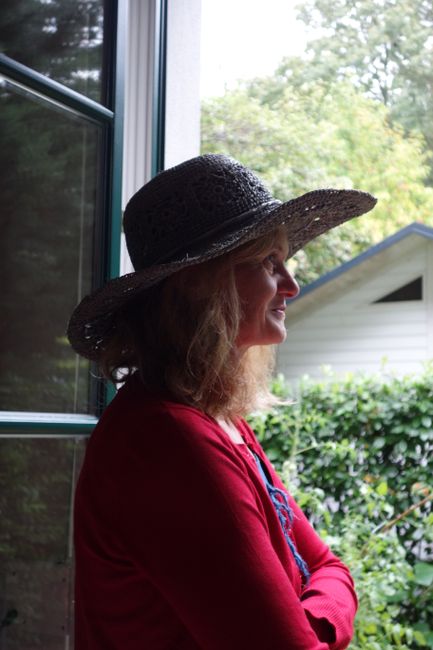Rapa Nui - totally blown away
ተሓቲሙ: 19.12.2018
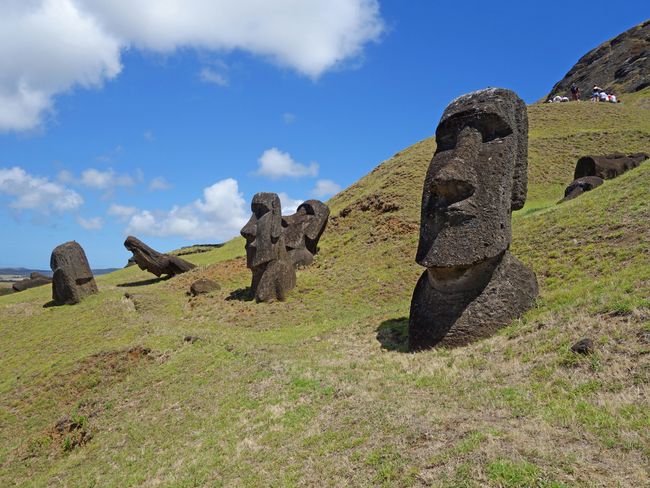
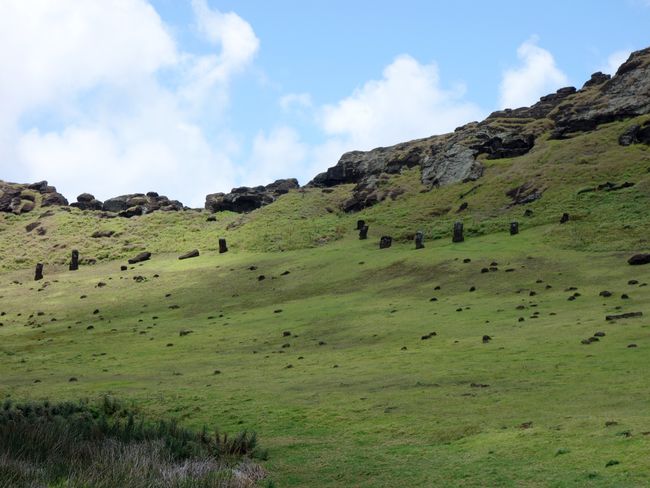
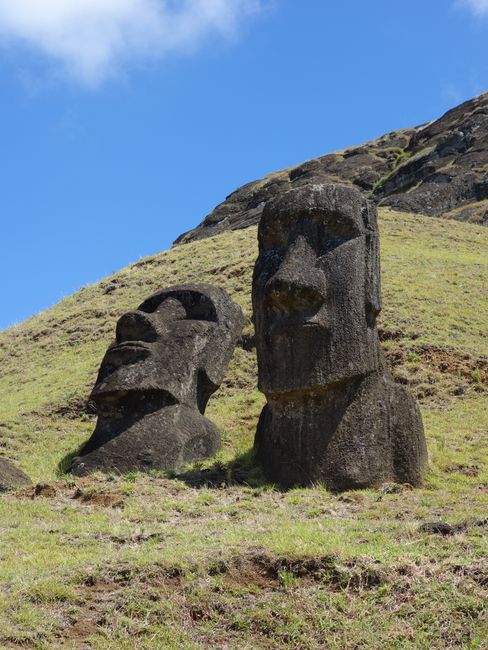
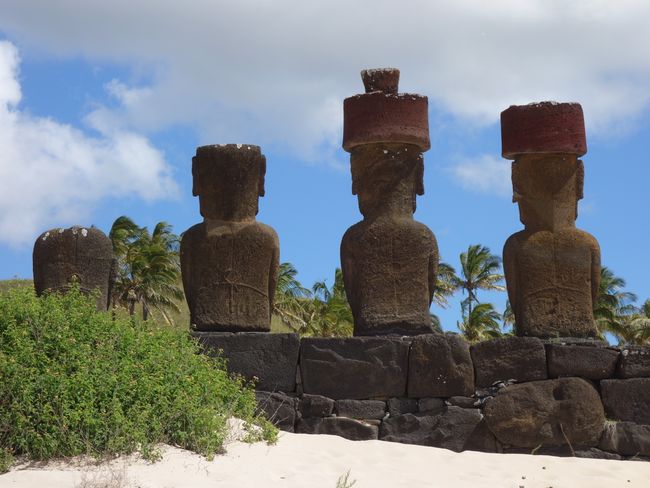
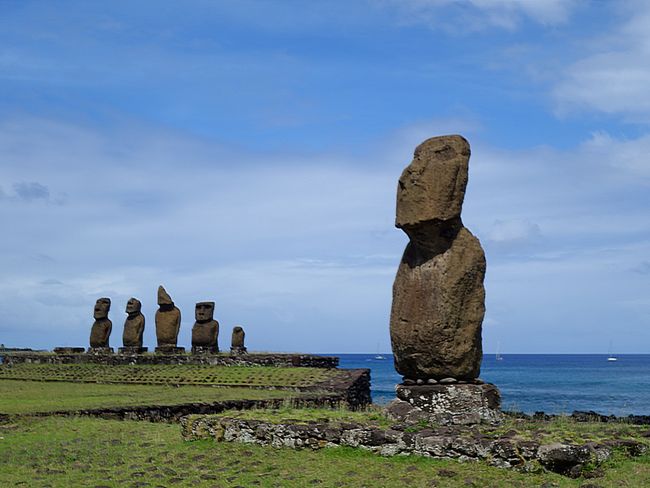
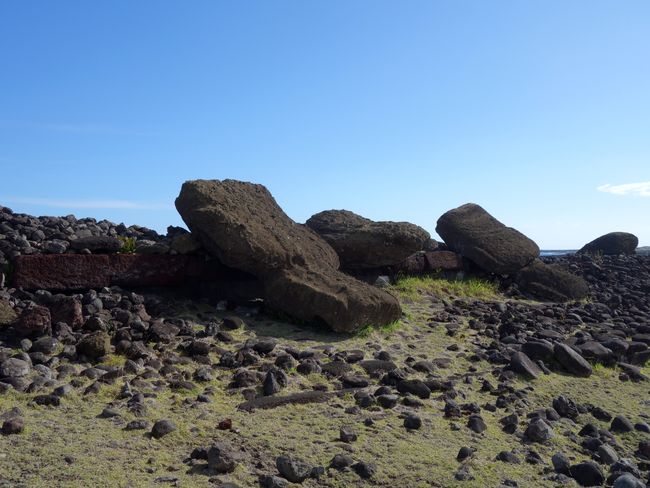
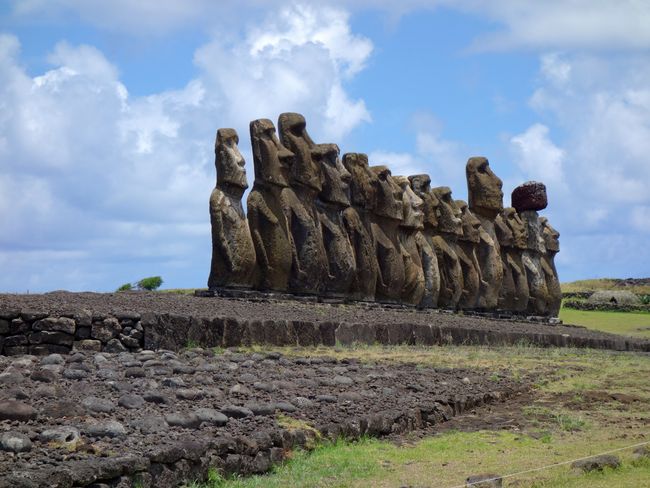
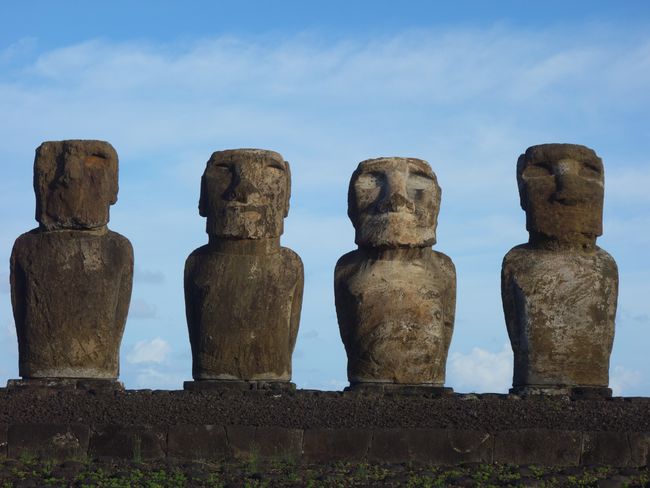
ንዜና ሳብስክራይብ ግበሩ
Now we have finally found our island paradise. Rapa Nui more than made up for the disappointment in Seychelles: The small island with its 5,000 inhabitants is perfect for us. It's not often that you find such outstanding attractions, a fascinating history, a beautiful beach, an attractive landscape, good food, and nice people in such a small place.
The large stone statues with their distinctive facial features, called Moai in Rapanui, are the main reason why people visit Easter Island - and were also the decisive factor for us in including this difficult-to-reach destination (and at considerable cost) in our world trip. I can tell you: they are worth every effort. Now I have to take a little detour into the fascinating and still unsolved history of Isla de Pascua - as the Chilean colonizers call it.
It is now known for certain that the island was settled from Polynesia between the 8th and 12th centuries - not from South America, as was long believed. This introduced a stone age culture to the piece of land, which was densely covered with palm trees at the time, because the discoverers, and consequently also the inhabitants, were not familiar with metal until their first contacts with Europeans in the 18th century. For those of you who now have the association of beings sitting on palm trees and throwing coconuts, you are completely wrong. The Polynesians were gifted seafarers. They were able to read the starry sky without any instruments as we know them, and deduce the presence of land in the vast Pacific Ocean from clues such as ocean currents, the presence of insects, or bird flight. Their greatest skill was shipbuilding. Their secret to traveling quickly and fully loaded (with many people and the equipment for island settlement, such as chickens, rats, plant seeds, and even the insects that would pollinate the plants) over thousands of kilometers from island to island were boats that resemble modern catamarans.
Much of Rapa Nui's history remains in the dark because, firstly, its writing has not yet been deciphered, secondly, writing seems to have played no major role (there are hardly any written sources), and thirdly, the carriers of oral tradition in the second half of the 19th century were almost completely wiped out (killed by Peruvian slave traders and European pathogens).
It is not known what happened to the dense palm grove, which had disappeared by the beginning of the 16th century. Why did these far-sighted people deprive themselves of their most important resource, wood, and deprive their fields of the shade of palm fronds, leaving the island exposed to erosion by wind and water?
One can only speculate that the Moai served an ancestor cult, as human bones and ash were found in the large platforms on which they always stand - but one has no idea why the figures always face away from the sea, except for one exception. (On the back of the few truly well-preserved giants, you can still see the finely chiseled apron ties.)
How were the statues weighing up to 80 tons transported across the entire island?
In the 18th and 19th centuries, all (!!!) the Moai standing on platforms were brutally knocked over. Why was that? Only the particularly large specimens that stand on the small volcano, which served as a Moai quarry and stone workshop, remained standing - and today they offer a breathtaking backdrop both outside and inside the crater, whose floor is covered by a lake.
So there are many questions about fundamental things, but there are also surprisingly precise answers to smaller puzzles, because for decades, a multitude of researchers from all possible disciplines (such as geology, biology, anthropology, cave exploring, or linguistics) have been passionately studying Rapa Nui.
The guessing game was also a lot of fun for us - we don't always find the currently prevailing explanations really convincing. You are allowed to come up with your own thoughts - and after visiting the beach, discuss them with a view of the back of the eight Moai at Anakena (which is why this is perhaps the most beautiful beach we have ever seen).
By the way, our fear that Rapa Nui would be very touristy has not been confirmed. It is true that the island now lives off tourism, but 5,000 people do not need many visitors to live as modestly as they currently do. Only the Hollywood film Rapa Nui, for which a large film crew settled on the island for six months in 1993, brought so much money to the island that cars could be purchased for the first time. So it wasn't long ago that the population was truly poor - and you can still see that today. The accommodations, for example, are (except for a few very expensive exceptions) very basic, much simpler than in Europe, but just as costly. However, the locals don't live any better. By the way, they are very clever when it comes to keeping the number of tourists low (high prices, very few flights, no large hotels, no new concessions for accommodation establishments, no possibility for non-Rapanui to buy land). So far, they have succeeded in keeping their island livable and loveable. We would have liked to stay longer than just one week.
ንዜና ሳብስክራይብ ግበሩ
መልሲ
